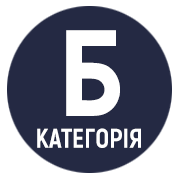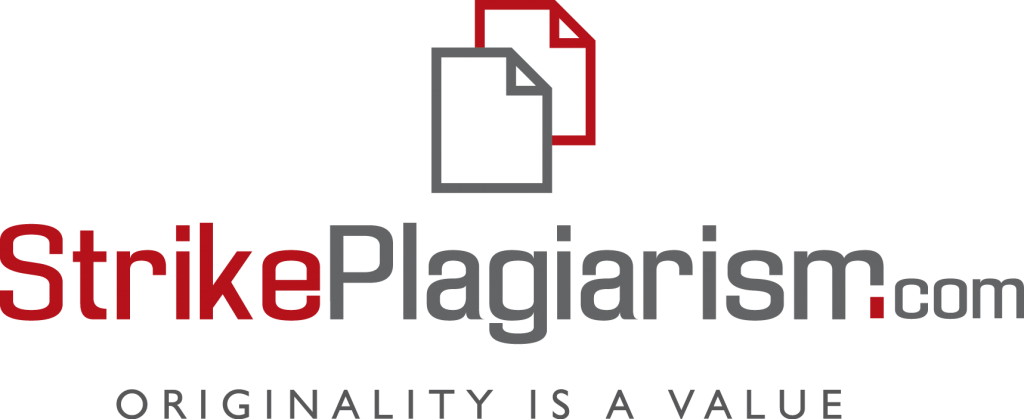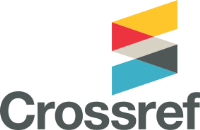IMPLEMENTATION OF A PROBLEM-BASED LEARNING IN TEACHING GENERAL HISTOLOGY
DOI:
https://doi.org/10.32782/eddiscourses/2025-1-8Keywords:
higher medical education, histology education, problem-based learning approach, problem-based learning technology, critical thinking, situational tasks, medical students, student-centered learningAbstract
Improving the quality of the educational process is a crucial task for the system of higher medical education and is of interest to numerous researchers in the field of pedagogy as well as to academic staff of medical universities. Psycho-emotional overload, declining health among higher education students, and reduced motivation for learning often arise due to challenges in organizing and conducting educational activities. The application of a student-centered learning (SCL), in light of contemporary trends in pedagogical technology development, is one of the most promising strategies for shaping the intellectual personality of future medical professionals. This approach involves not only mastering professional competencies but also developing the ability to think critically and act swiftly and effectively in non-standard situations encountered in both professional and everyday life. One of the most effective ways to foster critical thinking in medical students is the implementation of a problem-based learning (PBL) approach and student-centered learning.This article examines the main trends in modern higher medical education, with a particular focus on problem-based learning technology. It elaborates on the definitions of “learning technology” and “educational technology”. Special attention is given to student-centered and competency-based approaches in teaching at higher medical institutions within the context of contemporary trends in higher education. The study provides an in-depth analysis of the problem-based learning approach in teaching histology to medical students in comparison with traditional reproductive teaching methods. The psychological foundations, objectives, and advantages of the problem-based learning approach in teaching medical students are discussed.The article explores key didactic characteristics of problem-oriented learning, including its sources, educational objectives, and methods for generating and presenting problem-based situations. It highlights significant levels of problem-oriented learning, such as problem-based presentation of educational material, a partially exploratory learning approach, and the research method. Particular emphasis is placed on students’ acquisition of scientific research methods, the development of research skills, and the formation of a creative approach to learning.Additionally, the study addresses the creation of problem-based questions and situational tasks incorporated into educational and methodological case studies for conducting practical histology lessons for medical faculty students. Criteria for designing situational tasks that enhance students’ cognitive activity while avoiding potential demotivation due to excessive task complexity are presented. The article also outlines possible challenges associated with implementing a problem-based learning approach in medical education.
References
Інноваційні технології навчання в умовах модернізації сучасної освіти: монографія / за наук. ред. д. пед. н., проф. Л. Ребухи. Тернопіль: ЗУНУ, 2022. 143 с.
Терно С. Методика розвитку критичного мислення школярів у процесі навчання історії: посібник для вчителя. Запоріжжя: Запорізький національний університет, 2012. 70 с.
Фіцула М. Педагогіка вищої школи: навчальний посібник. Київ: Академвидав, 2006. 352 с.
Сучасні технології освітнього процесу: начальний посібник / Т. Поясок, О. Беспарточна, О. Костенко. Кременчук: ПП Щербатих О.., 2020. 228 с.
Навчально-методична робота кафедри гістології та ембріології. URL: https://nmuofficial.com/zagalni-vidomosti/kafedri/kafedra-gystologyy-y-embryologyy/navchalno-metodychna-robota (дата звернення: 5.02.2025).
Філоненко М. Методика викладання у вищій медичній школі на засадах компетентнісного підходу. Київ: Центр учбової літератури, 2016. 40 с.
Стучинська Н., Новікова І. Проєктування сучасного освітнього середовища на засадах особистісно орієнтованого та компетентнісного підходів. Наукові записки. Серія: Проблеми методики фізико-математичної і технологічної освіти. Вип. 10 (2). С. 142–148.
Стучинська Н., Соколова Т. Дослідження комунікативної активності студентів медичного університету у соціальних мережах. Інформаційні технології і засоби навчання. 2011. № 3 (23). DOI: 10.33407/itlt.v23i3.425.
Ліпман М. Чим може бути критичне мислення. Вісник програм шкільних обмінів. 2006. № 27. С. 17–23.
Терно С. Світ критичного мислення: образ та мімікрія. Історія в сучасній школі. 2012. № 708. С. 27–39.
Тягло О. Критичне мислення: навчальний посібник. Харків: Основа, 2008. 187 с.
Хачумян Т. Формування критичного мислення студентів вищих навчальних закладів засобами інформаційних технологій: дис. … канд. пед. наук: 13.00.09 / Харківський національний педагогічний ун-т ім. Г. Сковороди. Харків, 2005.
Рижак Л. Університетська освіта у ХХІ сторіччі: філософсько-синергетичний аспект. Вісник Львівського університету. Серія: Філософська. 2009. Вип. 12. С. 26–35.
Інтеграція особистісно орієнтованого підходу в систему компетентнісної освіти: матеріали Всеукраїнської науково-практичної конференції з міжнародною участю (Чернівці, 28 січня 2021 року) / за заг. ред. Т. Антонюк, Л. Авдіковської, О. Кульбабської, О. Стрижаковської, Л. Українець. Чернівці: Технодрук, 2021. 262 с.
Актуальні проблеми якісної підготовки медичних кадрів у надзвичайних умовах: матеріали навчально-методичної конференції м. Вінниця, 8 лютого 2023 року. Вінниця: Вінницький національний медичний університет ім. М. Пирогова, 2023. 295 с.
Трансформаційні процеси в підготовці сучасного медичного та фармацевтичного працівника: збірник матеріалів Всеукраїнської науково-практичної інтернет-конференції з міжнародною участю, м. Рівне, 26–27 березня 2020 р. / редкол.: Р. Сабадишин та ін. Рівне: КЗВО «Рівненська медична академія», 2020. 186 с.
Neville A.J. Problem-Based Learning and Medical Education Forty Years On. A review of its effects on knowledge and clinical performance. Medical Princciples and Practice. 2009. № 18. Р. 1–9.
Influence of critical thinking technologies on improvement of students performance during self-study / M. Morozova, L. Gula, N. Dymar, I. Diachenko, N. Bykadorova. Journal of Curriculum and Teaching. 2022. Vol 11. No. 1. P. 59–72. DOI: https://doi.org/10.5430/jct.v11n1p59.
Barrows H.S. Problem-Based Learning in Medicine and Beyond: A Brief overview. New Directions for Teaching and Learning. 1996. Р. 3–12. DOI: http://dx.doi.org/10.1002/tl.37219966804.
Barrows H.S. Problem-based learning applied to medical education. Rev. ed. Springfield, Ill.: Southern Illinois University School of Medicine, 2000. 147 p.
Сисоєва С. Інтерактивні технології навчання дорослих: навчально-методичний посібник. Київ: ВД «ЕКМО», 2021. 324 с.
Самсонова О. Роль мотивації у процесі управління науково-дослідною діяльністю студентів. URL: http://nauka.zinet.info/15/samsonova.php.
Yajuan N., Hongyuan B., Haitao Sh. Application of Heuristic Method to the Clinical Teaching of Internal Medicine. Journal of Clinical and Nursing Research. 2023. Vol. 7. Issue 3. P. 19–23.
Huang H., Chai Y., Fang C., et al. The Application of Heuristic Teaching Method in the Teaching of Prescriptions. Journal of Traditional Chinese Medicine Management. 2022. № 30 (20). Р. 31–32.
Гурська О. Місце та роль самостійної роботи студентів у навчальному процесі. Витоки педагогічної майстерності. 2014. Вип. 13. С. 103–107.
Шумило М. Методика організації самостійної роботи студентів-медиків у вищих навчальних закладах. Science and Education a New Dimension. Pedagogy and Psychology. 2020. VIII (95). Issue 239. Nov. Р. 48–51.
Психологія та педагогіка: навчальний посібник / Л. Колесніченко, М. Артюшина, О. Котикова та ін. ; за заг. ред. Л. Колесніченко. Київ: КНЕУ, 2008. 408 с.
Технології розвитку критичного мислення учнів / А. Кроунфорд, В. Саул, С. Метьюз, Д. Макінстер ; наук. ред., передм. О. Пометун. Київ: Плеяди, 2006. 220 с.
Hung W., Jonassen D.H., Liu R. Problem-Based Learning. Handbook of research on educational communications and technology. 3d ed. Ch. 38. P. 485–506.
Bringing Problem-Based Learning to Higher Education: Theory and Practice / ed. by L. Wilkerson, W.H. Gijselaers. San Francisco, CA: Jossey-Bass. P. 3–12.







